Comfort and advancing performance: Cyclists who want to become more comfortable on their existing bike or seek to improve performance provide a more challenging task. Step one of this process involves analyzing each point of contact an individual has with the bicycle.
1. Feet First: It's recommended that the fitter address the body in the order of the bio-kinetic chain—from the bottom up. Once in the pedals, the feet should be as flat as possible with no supination or pronation (inward or outward rotation of the foot). From a performance perspective, more force is produced from a flat foot pointed straight forward. This means minimizing the free float of the pedal or locking the cleats in a forward plane. Although this subject is controversial, I recommend eliminating free float because it wastes valuable energy during the pedal stroke, and, despite what you've heard, it has no adverse effect on the knees if your cleat alignment is set up properly.
2. Saddle Up: It's surprising how many cyclists are uncomfortable on their saddles. This means that more saddle choices should be offered to the client for objective evaluation. There is no one saddle that will suit every individual's needs, and the decision should be left to the client based on individual comfort.
More: What's the Best Type of Bike Fit?
3. Arm Yourself: Hand and elbow length is directly related to pressure and comfort on the saddle. The nose tilt, the fore/aft placement of the saddle and the stem length should be adjusted based on the length of a client's arms, hands and elbows. Blending comfort and power is essential to a good bike fit.
Unfortunately, this is the point where most bike fits end. Once the contact points are addressed and your pedal stroke is analyzed, many fitters will declare victory and send you on your way. But this is just the tip of the iceberg. Let's dig deeper.
Assessing Your Anatomy
The majority of cyclists that come to me suffer from problems with their bike set up or a physical problem that affects their ability to ride. The most common complaint of pain from cycling is the knees and lower back.
More: The Wrench Does Not Fix the Machine
Sometimes the fit isn't the issue—the problem instead is muscular weakness. This scenario is common, particularly as the average age of my clients increases. But this doesn't mean that younger athletes are immune from weakness in specific muscle groups.
Address Physical Issues
When pain is left unchecked for years, minor problems can turn into bigger ones. Without an assessment of the joints, joint movements and range of motion (ROM) as it relates to the pedal stroke, a bike fitter who only makes mechanical adjustments will quickly run out of options.
A professional assessment is needed to determine the ROM of specific muscles and weakness in corresponding muscle groups.
- 2
- of
- 3



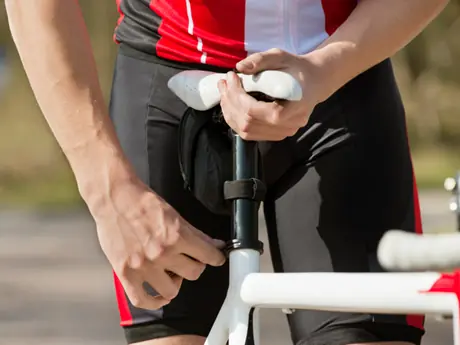
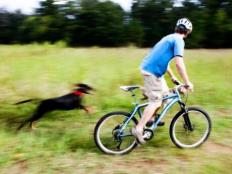
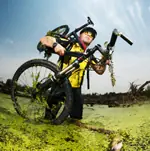
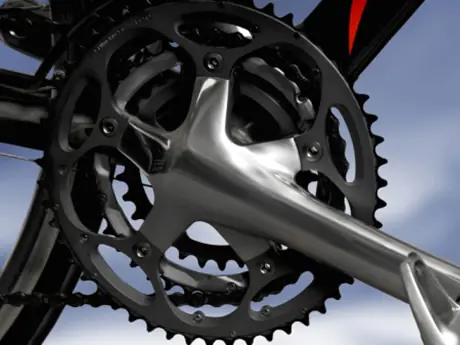
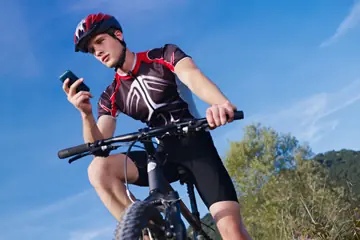
Discuss This Article